Cats, often seen as independent creatures, can sometimes experience intense emotions, including separation anxiety. This condition can leave your feline friend feeling distressed when you’re away. Understanding how to support your cat can significantly improve their quality of life and your peace of mind. Let’s explore various strategies and insights to help your beloved pet cope with separation anxiety, ensuring they remain happy and healthy even in your absence.
Recognizing the Signs of Separation Anxiety
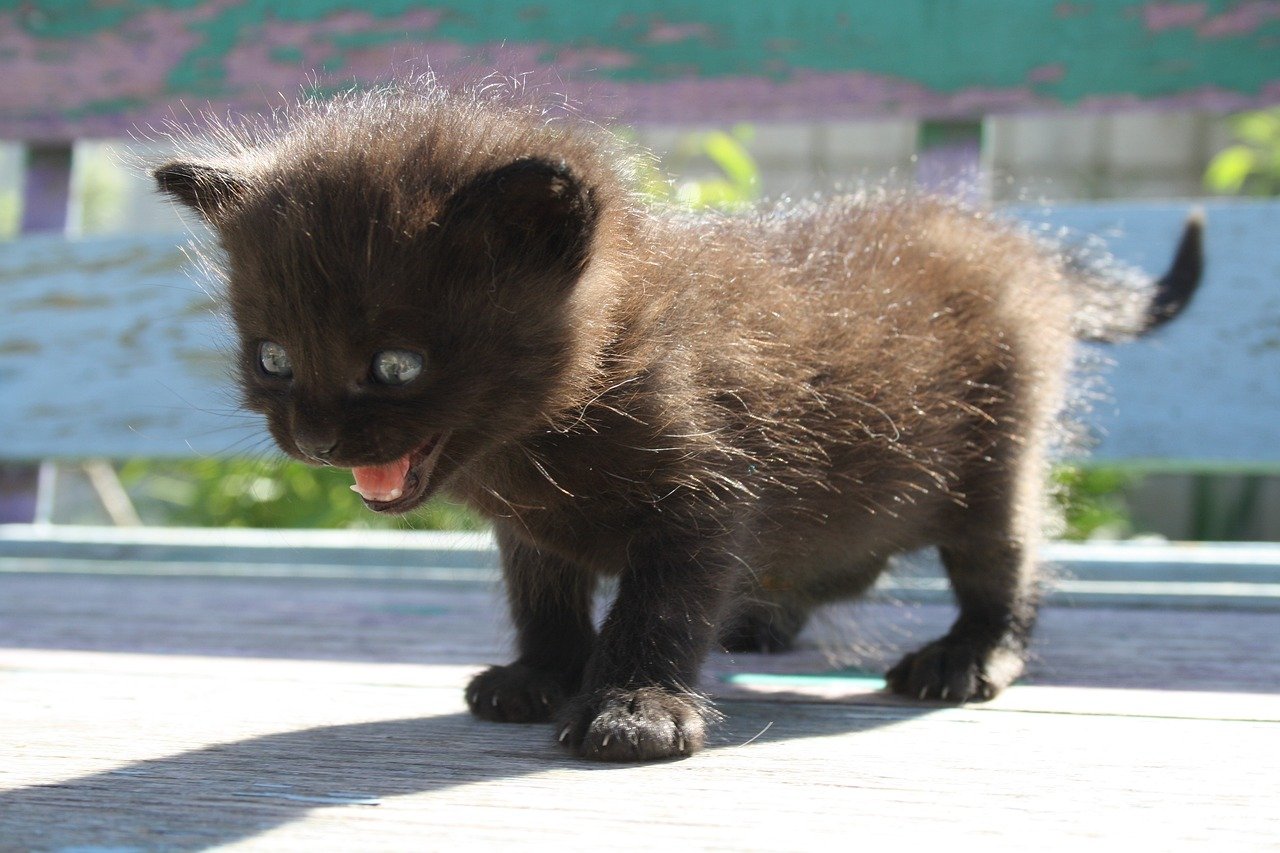
Understanding your cat’s behavior is key to identifying separation anxiety. Cats might exhibit signs such as excessive meowing, destructive behavior, or even inappropriate urination. These actions can signal distress, especially when they occur as you prepare to leave or immediately after departure. It’s crucial to remember that each cat is unique, and their symptoms can vary. Observing your pet’s typical behavior and noting any significant changes when you’re not around can help you recognize anxiety early on.
Creating a Safe and Comfortable Space

A safe environment can significantly ease your cat’s anxiety. Designate a quiet area in your home where your cat can retreat. This should include their favorite toys, a cozy bed, and perhaps a piece of your clothing to provide familiar scents. Think of it as creating a sanctuary, much like a child’s comfort blanket. The goal is to ensure the space is inviting and comforting, offering your cat a sense of security when they feel uneasy.
Establishing a Consistent Routine
Cats thrive on routine, and a consistent daily schedule can help reduce anxiety. Feeding, playtime, and bedtime should occur at similar times each day. This predictability provides your cat with a sense of stability, much like how humans find comfort in routine. By maintaining consistency, you can reassure your cat that their needs will be met, even if you’re not always present.
Gradual Desensitization Techniques
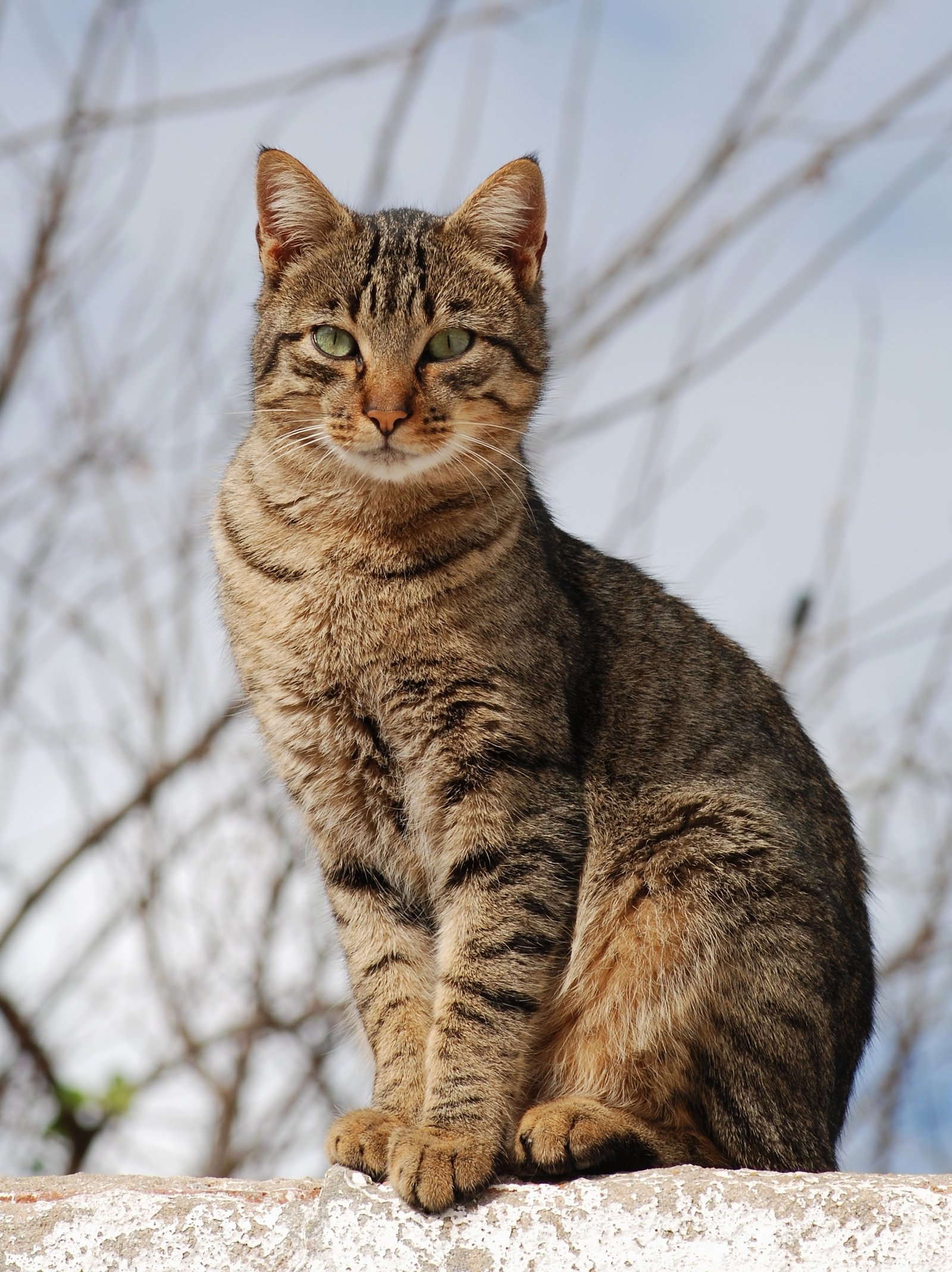
Desensitization involves gradually getting your cat used to your absence. Start by leaving them alone for short periods, gradually increasing the time away. This process helps your cat understand that your departure is temporary. Think of it as building resilience; just as humans practice to overcome fears, cats can learn through gradual exposure that being alone isn’t a permanent state.
Interactive Toys and Puzzles
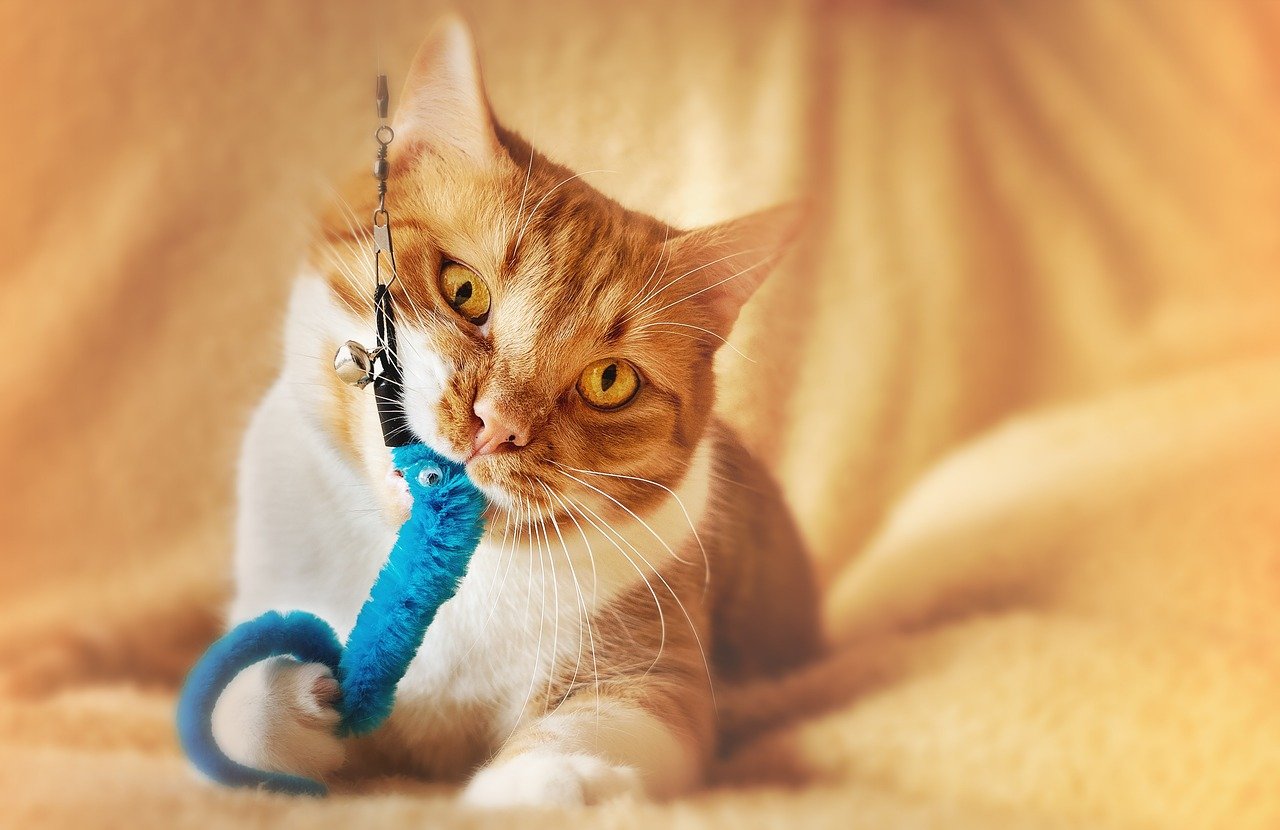
Keeping your cat mentally stimulated can distract them from feelings of anxiety. Interactive toys and puzzles can provide hours of entertainment and challenge. These toys mimic hunting, a natural behavior for cats, and can engage their instincts. It’s like giving a child a puzzle; it keeps them occupied and focused, allowing time to pass more quickly and reducing anxiety.
Utilizing Calming Aids
There are various products designed to calm anxious cats. Pheromone diffusers, sprays, and calming collars can create a soothing environment. These products mimic natural cat pheromones, providing a sense of safety and comfort. Think of it as aromatherapy for humans; the right scent can ease tension and promote relaxation, making your cat feel at ease.
Playing Soothing Music or Sounds
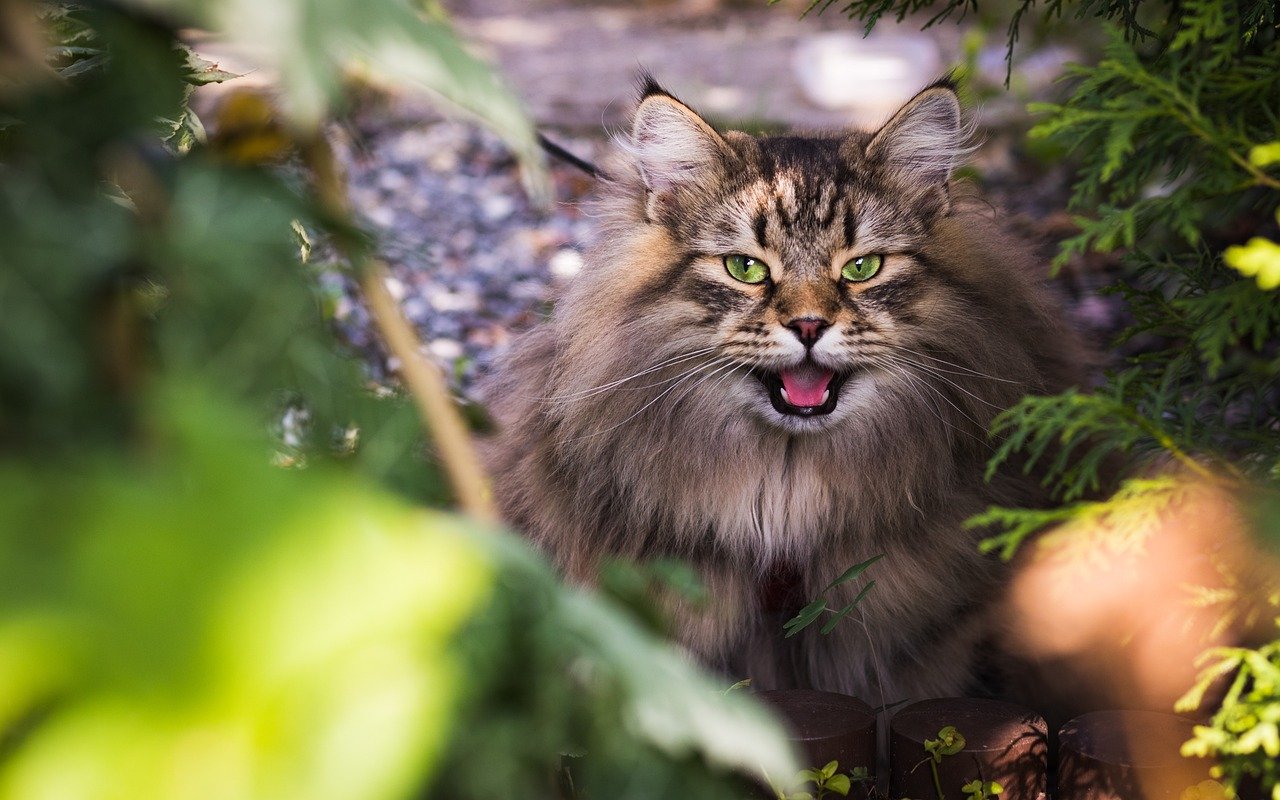
Music can have a calming effect on cats, just as it does for humans. Playing soft, soothing music or nature sounds can create a peaceful atmosphere. Imagine the gentle lullaby that puts a baby to sleep; similarly, calming sounds can help your cat relax and feel less alone during your absence. Experiment with different types of music to see what your cat responds to best.
Seeking Professional Help
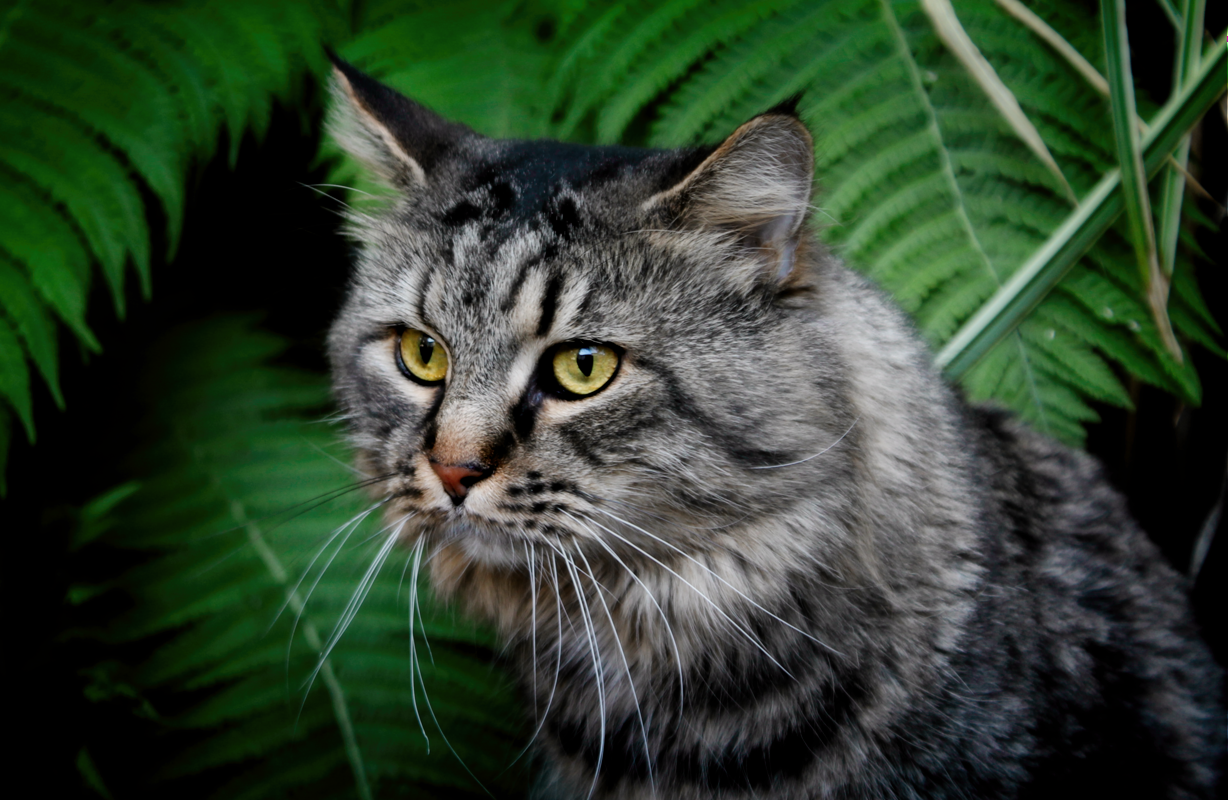
If your cat’s anxiety is severe, professional help may be necessary. Veterinarians or animal behaviorists can provide tailored advice and solutions. They may suggest behavior modification techniques or, in some cases, medication. Consulting a professional is like visiting a therapist for humans; they offer expert guidance that can significantly improve your cat’s well-being.
Engaging in Pre-Departure Play
Playing with your cat before leaving can help expend some of their energy. A tired cat is more likely to rest than fret over your absence. Consider it similar to exercising before a big presentation; it helps release pent-up energy, leaving you calmer and more focused. This strategy can make the time apart less stressful for your feline friend.
Training Your Cat for Alone Time
Training your cat to be comfortable alone involves patience and persistence. Start by leaving them for short periods and gradually increase the duration. Reward them with treats or affection when they remain calm. It’s akin to training a puppy; consistency and positive reinforcement are key to teaching your cat that being alone can be a positive experience.
Monitoring Your Cat’s Progress
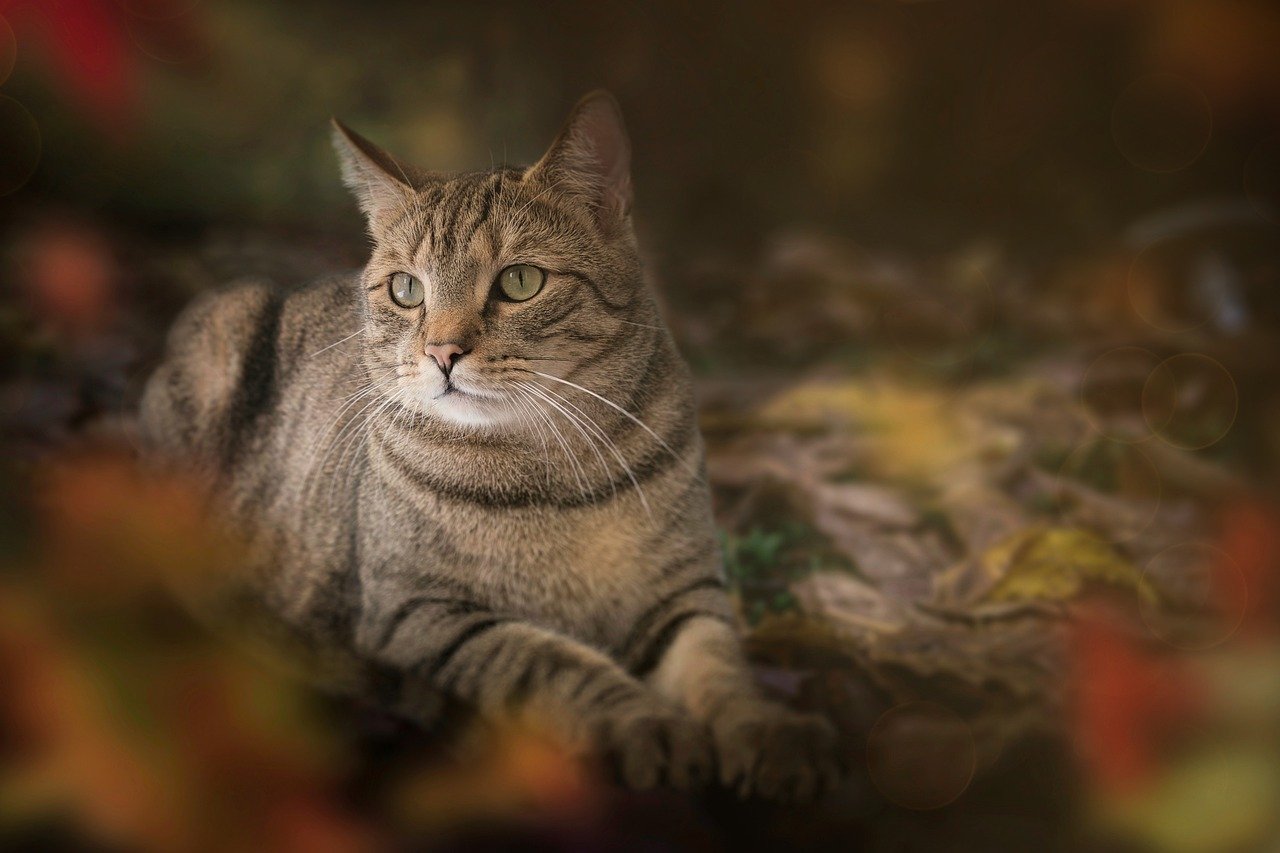
Keep track of your cat’s behavior over time to assess any improvements or setbacks. Documenting changes can help you identify what strategies are working. Just as you would track progress in a fitness journey, monitoring your cat’s behavior can provide valuable insights and guide your approach to managing their anxiety.
Introducing New Companions
Sometimes, a new feline or furry friend can help alleviate a cat’s anxiety. This approach should be considered carefully, as not all cats are social. If your cat is sociable, introducing a companion can provide company and reduce loneliness. It’s like adding a new member to a team; the right fit can enhance the dynamic and improve overall morale.
Encouraging Positive Associations
Creating positive associations with your departure can help ease your cat’s anxiety. Try giving your cat a special treat or toy only when you leave. This turns your departure into an anticipated event rather than a cause for distress. It’s similar to looking forward to a reward after completing a task; it shifts the focus from the negative to the positive.
Maintaining a Calm Demeanor
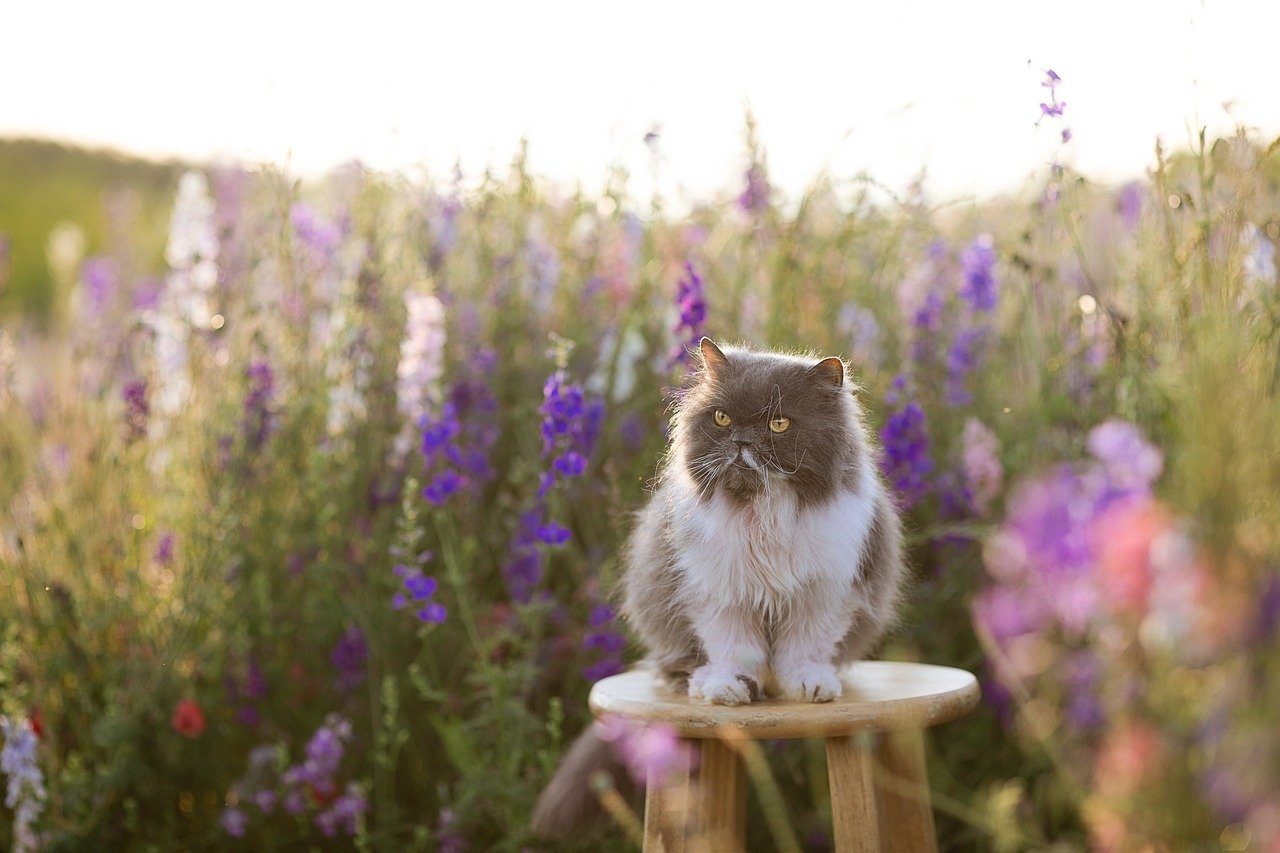
Your demeanor can influence your cat’s behavior. Staying calm and composed when leaving can reduce stress signals. Just as kids pick up on parental stress, cats are sensitive to their owner’s emotions. Maintaining a calm presence can reassure your cat, signaling that there’s no reason to be anxious.
Offering Plenty of Affection
Showering your cat with love and attention when you are together can help comfort them. Cats are more likely to feel secure and less anxious when they know they are loved. Like humans who thrive on affection and validation, cats also benefit from knowing they are cherished and cared for.
Understanding Your Cat’s Unique Needs
Every cat is different, and what works for one may not work for another. Spend time understanding your cat’s unique personality and preferences. This knowledge can guide your approach in supporting them through separation anxiety. It’s like knowing a friend’s favorite comfort food; understanding these nuances allows you to provide the best support.
Exploring Natural Remedies
Some cat owners find success with natural remedies like herbal supplements. These can include ingredients known for their calming properties. However, it’s crucial to consult a veterinarian before trying any new supplements. It’s akin to using herbal teas for relaxation; they can be effective but should be used with caution and knowledge.
Providing Ample Exercise
Regular exercise can help reduce anxiety by expelling excess energy. Engage your cat in activities that mimic hunting or chasing. Much like a brisk walk can clear a human’s mind, exercise can have a similar calming effect on cats, helping them relax and feel content.
Adjusting Your Departure Routine
Cats often pick up on cues that indicate you’re about to leave. Changing your routine slightly can disrupt these associations. For instance, putting on your shoes at different times or picking up your keys without leaving can help. It’s similar to mixing up a workout routine; it keeps things fresh and prevents predictability.
Concluding Thoughts
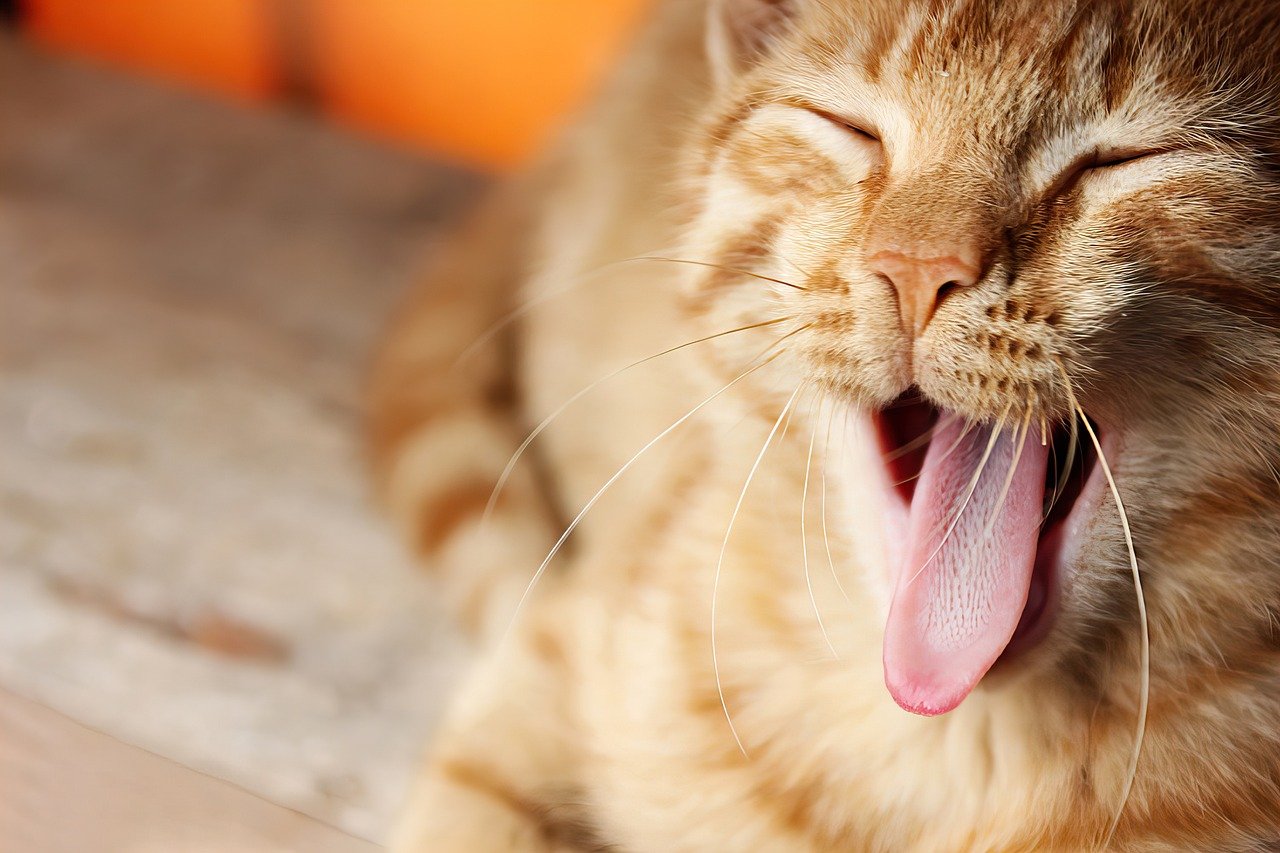
Supporting a cat with separation anxiety requires patience, understanding, and a willingness to adapt. By implementing the strategies outlined above, you can help your feline friend feel more secure and less anxious when you’re away. Remember, small changes can make a big difference in your cat’s life, and your efforts will be rewarded with a happier, healthier companion.
Hi, I’m Bola, a passionate writer and creative strategist with a knack for crafting compelling content that educates, inspires, and connects. Over the years, I’ve honed my skills across various writing fields, including content creation, copywriting, online course development, and video scriptwriting.
When I’m not at my desk, you’ll find me exploring new ideas, reading books, or brainstorming creative ways to solve challenges. I believe that words have the power to transform, and I’m here to help you leverage that power for success.
Thanks for stopping by, Keep coming to this website to checkout new articles form me. You’d always love it!






